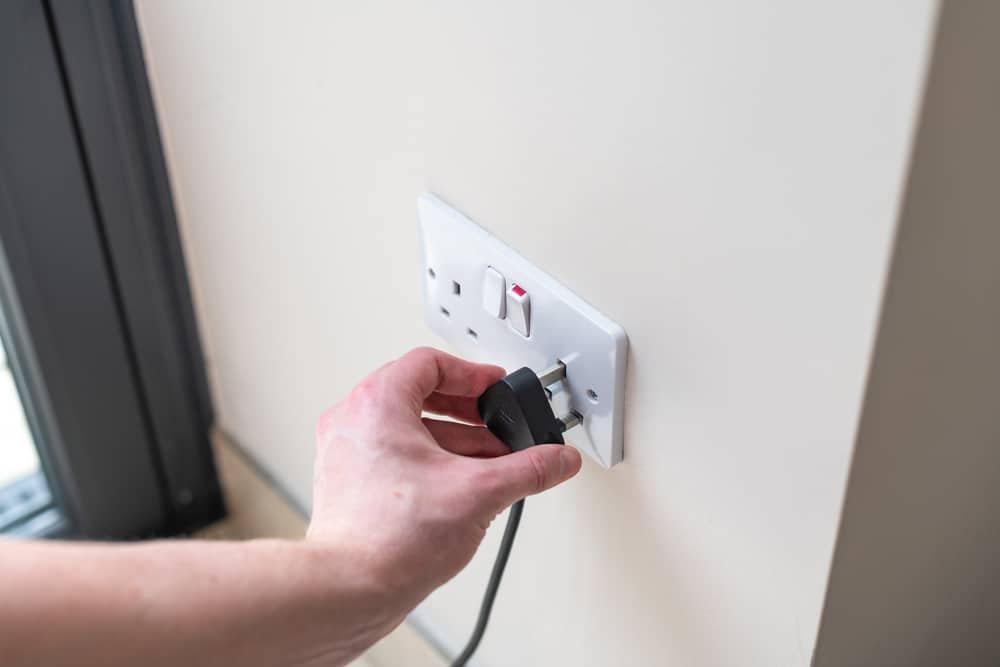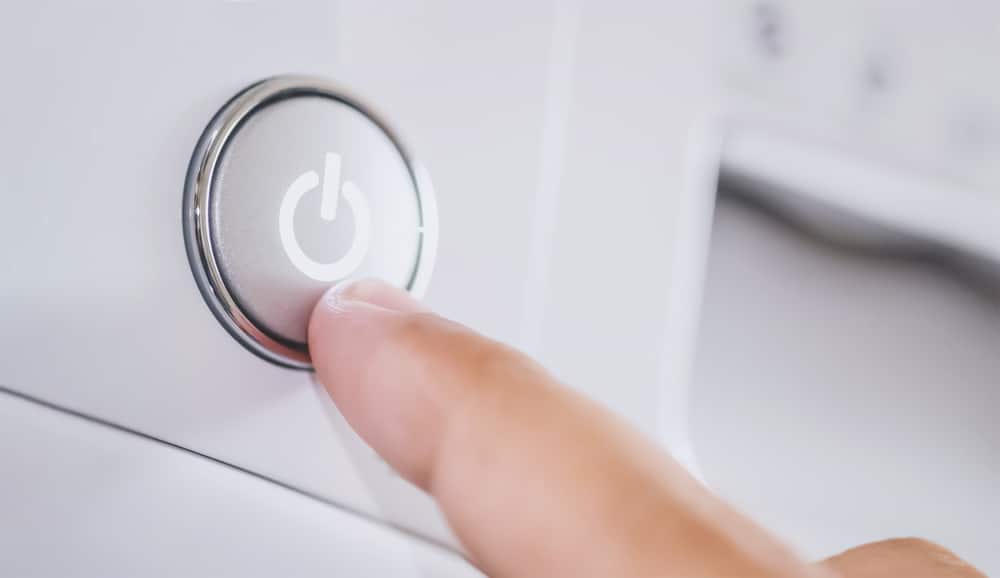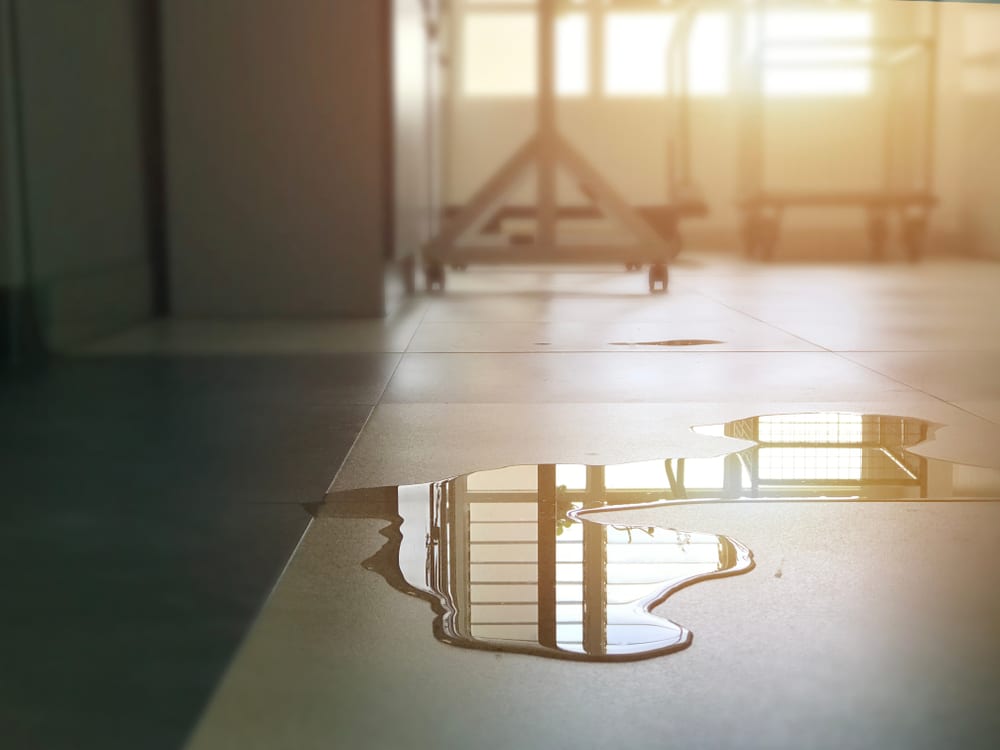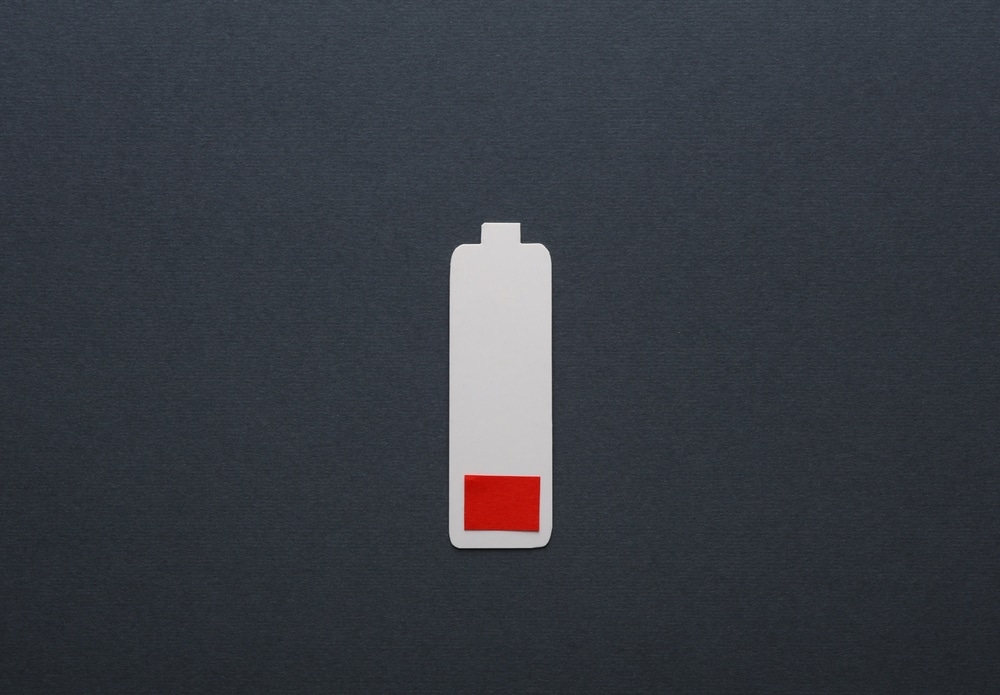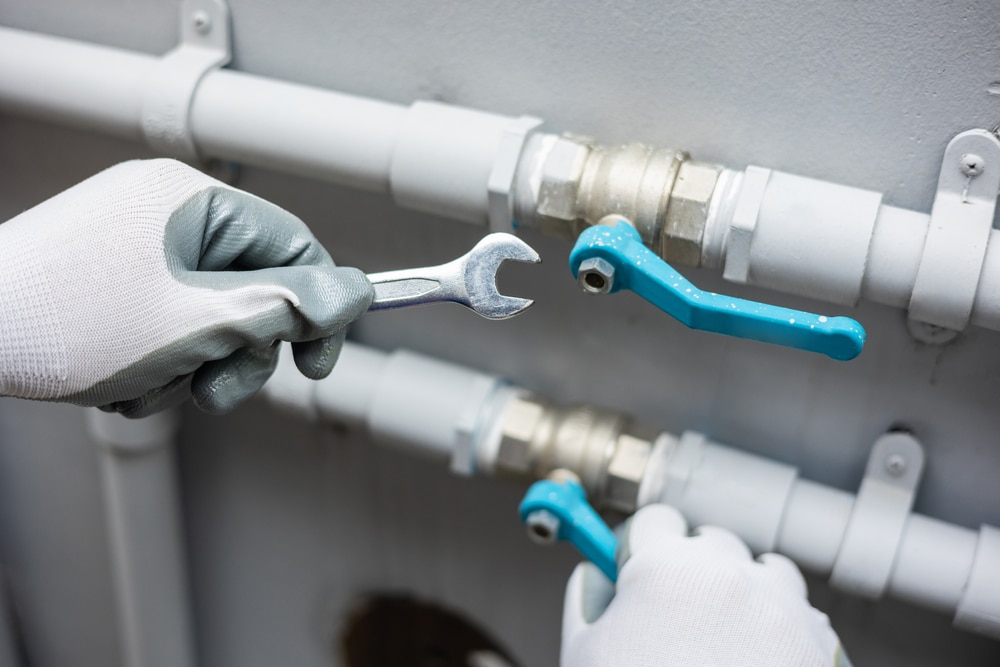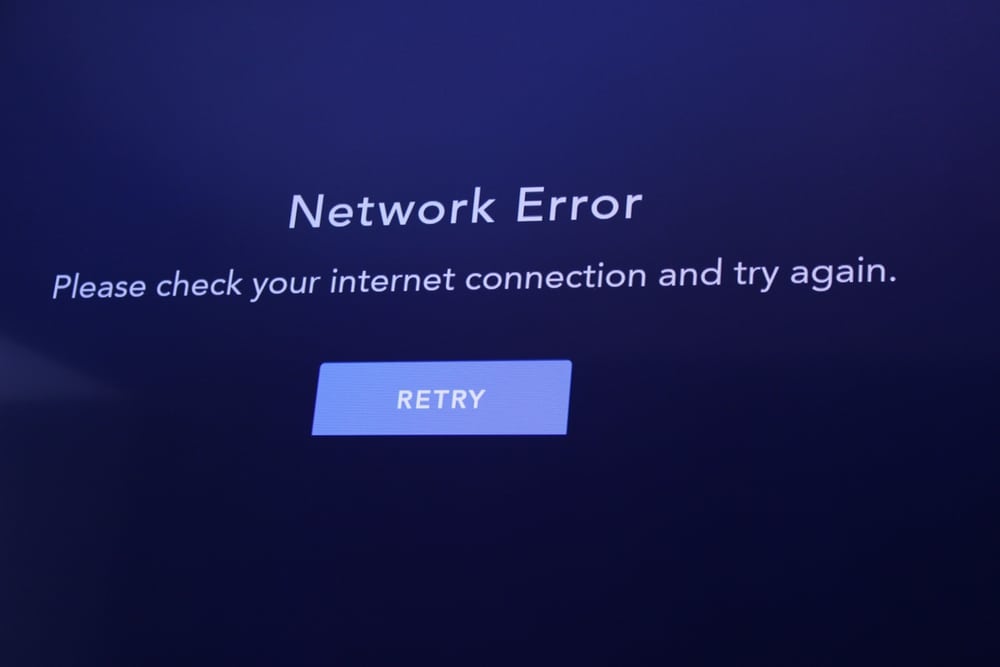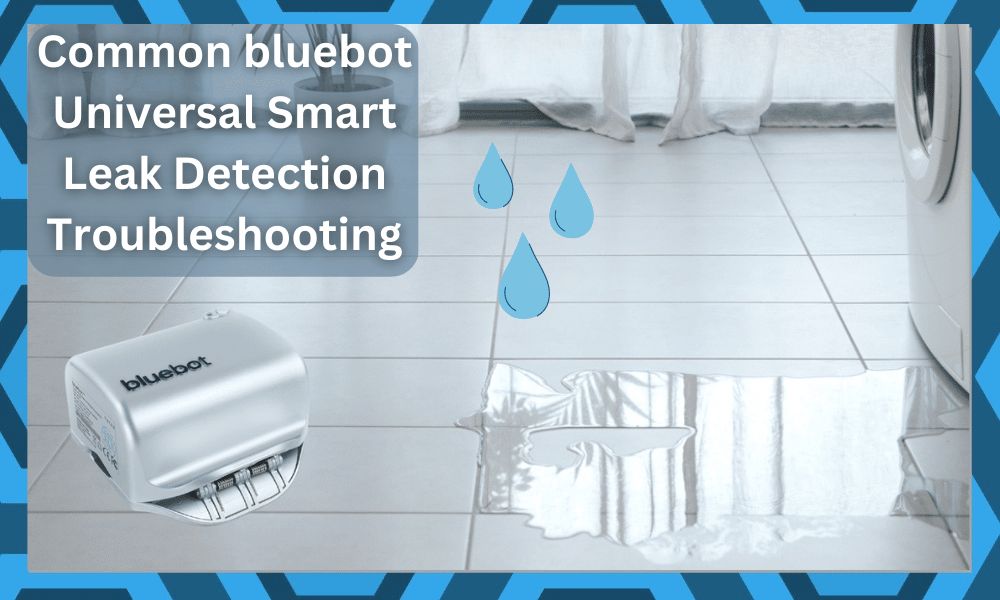
The bluebot Universal Smart Leak Detection system is a revolutionary device for detecting leaks in a wide range of systems.
Unfortunately, even the most advanced systems can experience problems from time to time.
In this blog post, we will discuss some of the most common problems associated with the bluebot Universal Smart Leak Detection system and provide possible solutions for each one.
So, if you’re experiencing any issues with your bluebot Universal Smart Leak Detection system, this blog post is the perfect place to start finding a resolution!
Common Bluebot Universal Smart Leak Detection Problems Troubleshooting
- Bluebot Won’t Turn On
If your Bluebot Universal Smart Leak Detection isn’t turning on, there are a few steps you can take to try and troubleshoot the issue.
First, make sure the device is plugged in properly and securely. Then, check that the power cord is securely connected to the back of the unit.
If the device still won’t turn on after resetting it, you may need to replace the power cord or contact customer service.
- Bluebot Isn’t Connecting To The App
Having trouble connecting your Bluebot Universal Smart Leak Detection to the app? Don’t worry, we’ve got you covered!
First, ensure that your device is in range of your Wi-Fi. Blue bot should be within 15 feet of your router for optimal connection.
Next, double-check that the credentials entered in the Bluebot app are accurate. This includes both the network SSID and password.
If you’re still having trouble, try resetting your Bluebot device. To do this, press and hold the power button for five seconds. The LED light will flash green and the unit will be reset.
Finally, if all else fails, contact customer service to troubleshoot further. They can help you get Bluebot up and running quickly so that you can get back to enjoying a safe and leak-free home!
- Bluebot Isn’t Detecting Any Leaks
If Bluebot isn’t detecting any leaks, it could be due to a few different reasons. First, make sure that the device is properly installed and connected to the water supply.
Check the power supply and make sure it’s plugged in and working.
If the installation is correct and the power supply is connected, but Bluebot still isn’t detecting any leaks, it could be because the water pressure is too low.
Make sure the pressure of the water supply is high enough for Bluebot to be able to detect any leaks.
Another reason why Bluebot may not be detecting any leaks is if there aren’t any. Make sure to check for any obvious signs of leaking such as wet spots on floors or walls, mold, and unusual spikes in water bills.
If you don’t see any evidence of leaking but Bluebot still isn’t detecting any, it could be because the leaks are so minor, they are not detectable by the device. In this case, contact customer service for help and advice.
- Bluebot Is Giving False Alerts
False alerts are one of the most frustrating issues people face with their bluebot Universal Smart Leak Detection system.
A false alert indicates that a leak has been detected when there is no leak present.
False alerts can be caused by a variety of factors, including interference from other electronic devices, incorrect installation or calibration, low battery power, and a malfunctioning sensor.
The first step in solving this issue is to check all your installation and calibration settings to make sure they’re correct.
If these settings are correct and the false alerts continue, you should check the battery power of the device and replace it if necessary.
It could also be helpful to move any other electronic devices away from your bluebot device to reduce any potential interference.
Finally, if none of these steps work, it’s possible that your bluebot device’s sensor is malfunctioning and needs to be replaced.
To replace the sensor, follow the instructions in your user manual or reach out to customer service for assistance. Once you have the new sensor installed and calibrated, the false alerts should cease.
- Bluebot Isn’t Stopping Leaks
If you have Bluebot installed in your home and it is not stopping any leaks, then there are a few common reasons why this could be happening.
Firstly, you need to make sure that your pipes are not already damaged or corroded. This can cause water to leak through and will not be fixed by Bluebot.
If the pipes are not already damaged, then it could be because the valve is too old or worn out to be able to shut off properly.
In this case, you would need to get a new valve installed. Alternatively, you could try tightening the valve slightly as this may help.
Another possible reason why Bluebot is not stopping leaks is that the leak may be too small for it to detect.
In this case, you should use a flashlight or other device to visually inspect your pipes and check for any signs of water leakage. Once the leak has been identified, you can contact a plumber for assistance in fixing the issue.
- Bluebot Keeps Going Offline
If you find that your bluebot Universal Smart Leak Detection is going offline frequently, there could be several reasons why.
First, it could be due to an internet or power outage. If this is the case, your bluebot will not be able to connect to the internet and will automatically go offline until the power is restored.
Another reason why your bluebot may be going offline is if you have recently changed your home’s Wi-Fi network.
When this happens, your bluebot won’t be able to recognize the new network and will remain offline until you manually re-pair it with the new Wi-Fi network.
To do this, you will need to open the app, navigate to “Settings”, and select “Change Wi-Fi Network”.
Finally, if you have multiple bluebot devices in your home, one of them can go offline when another is being used.
To prevent this from happening, we recommend setting up a separate network for each device to ensure that they don’t interfere with each other.
- Bluebot Is Hard To Install
Installing the bluebot Universal Smart Leak Detection system can be a challenge, especially for those who are new to home automation.

Fortunately, there are several steps you can take to make the installation process easier and faster.
The first step is to ensure you have all the necessary components for installation. This includes the bluebot controller, sensors, mounting hardware, water valves, and other accessories.
Make sure you have all the components in hand before beginning.
Once all the components are present, it’s time to assemble the parts and connect them to the controller.
This should be done carefully and correctly to ensure the system works properly. When connecting components, make sure they are compatible and that they fit securely.
It’s also important to refer to the instructions provided with your system when connecting pieces.
Next, install the bluebot app on your smartphone or tablet. This will allow you to control your system and monitor water usage remotely.
Once you’ve downloaded the app and registered an account, you can begin to add your components and configure settings. You should be able to get everything connected and up and running in no time.
Finally, it’s important to test your system once the installation is complete. This will ensure everything is working properly and that there are no issues that need to be addressed.
Make sure you are regularly testing your system for any signs of leaks or other problems.
Installing the bluebot Universal Smart Leak Detection system may seem intimidating at first, but by following these steps, you’ll be able to get your system up and running quickly and efficiently.
- Bluebot Doesn’t Work With My Home
It can be frustrating when you find out that your Bluebot Universal Smart Leak Detection device won’t work with your home’s plumbing system. This is a common issue and can be due to a few reasons.
First, it could be because the system is too old or outdated for the Bluebot to detect and monitor leaks. If this is the case, then you will need to upgrade your plumbing system before being able to use Bluebot.
It could also be because the Bluebot is only compatible with certain pipe sizes, materials, and pressure settings.
You should check the specifications of your home’s plumbing system and make sure that it meets the requirements for Bluebot before investing in one.
Lastly, it may be due to incompatibility between the Bluebot and the home’s water supply provider. Before buying a Bluebot, it’s important to make sure that it is compatible with your local water provider.
If none of these issues are causing the problem, then you should contact the Bluebot customer support team to further diagnose and troubleshoot the issue.
They will be able to help you identify the root cause and provide solutions to get your Bluebot up and running as soon as possible.
